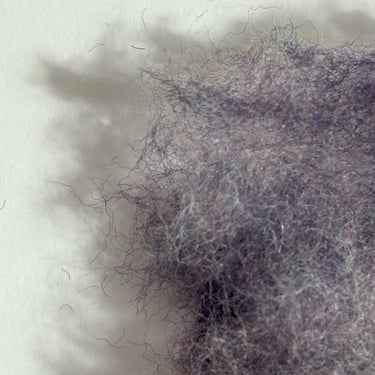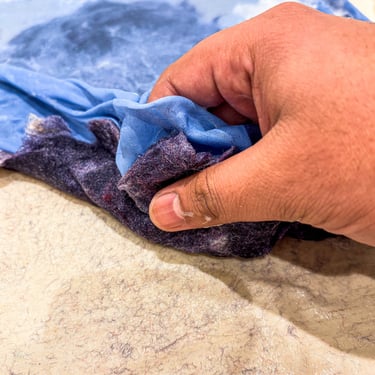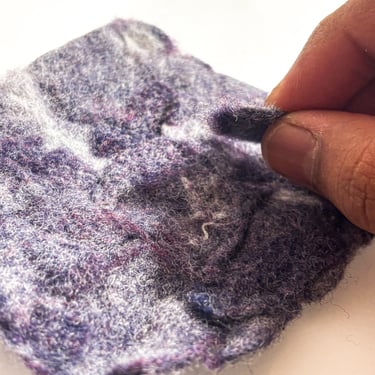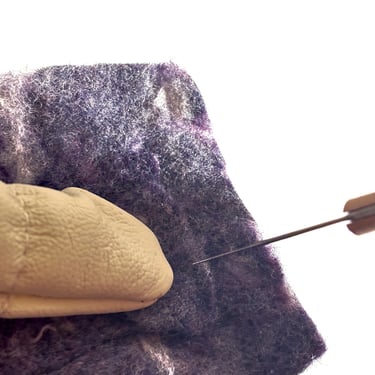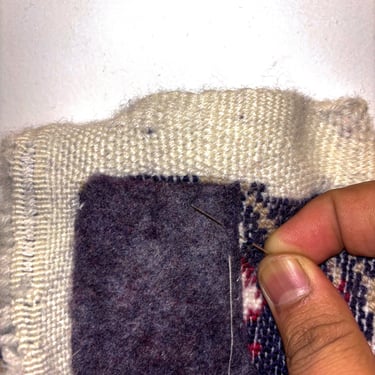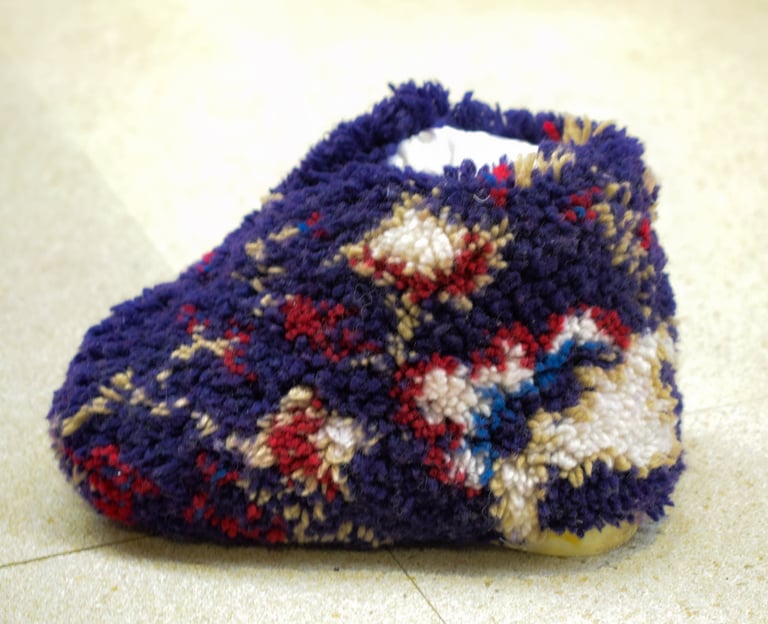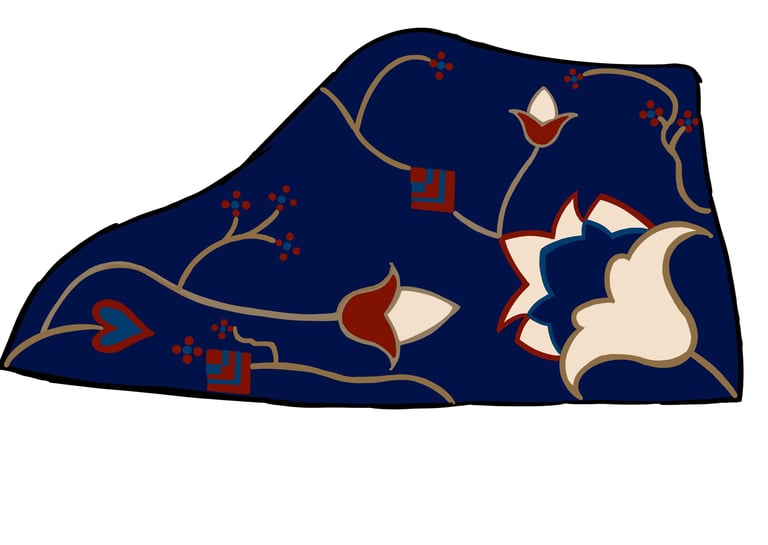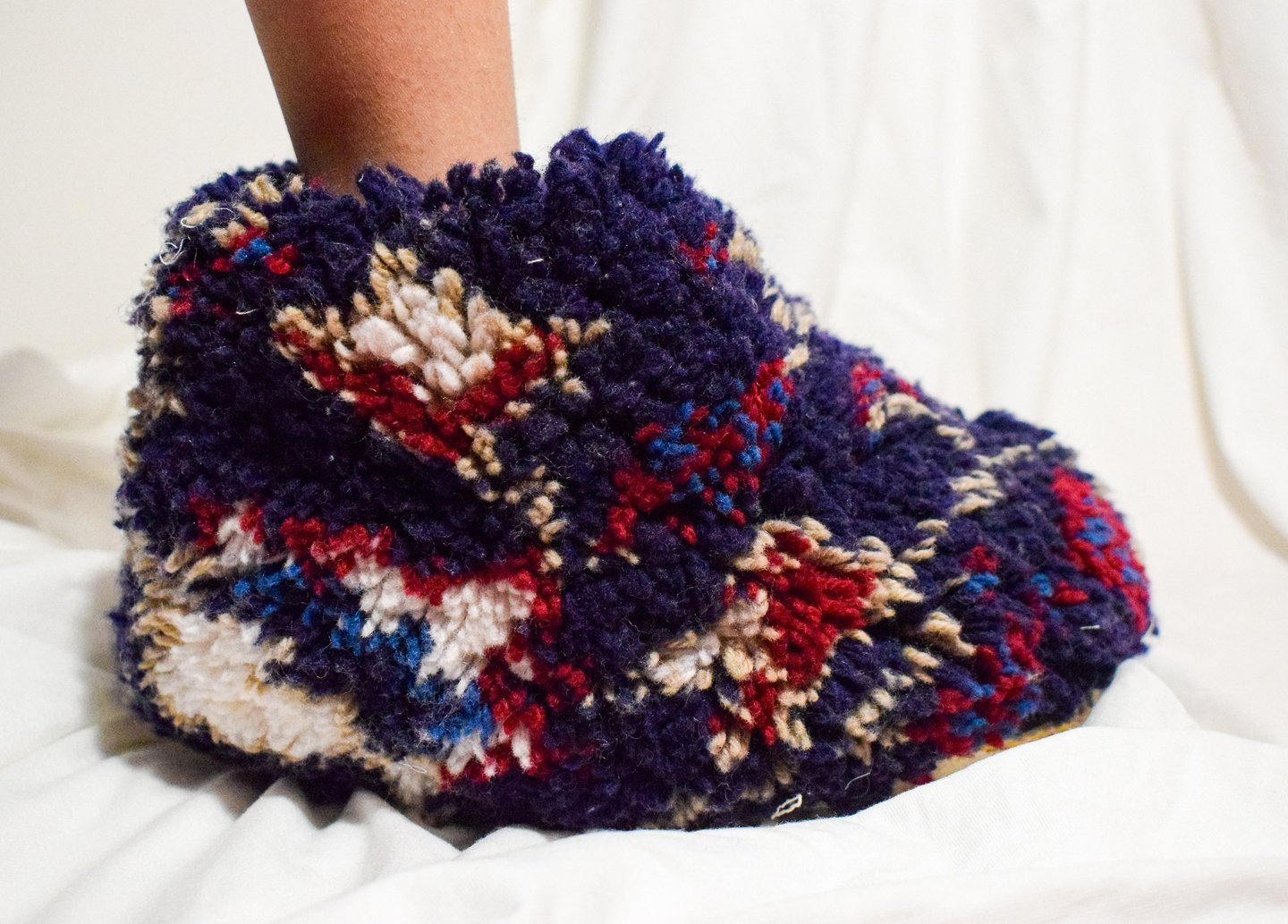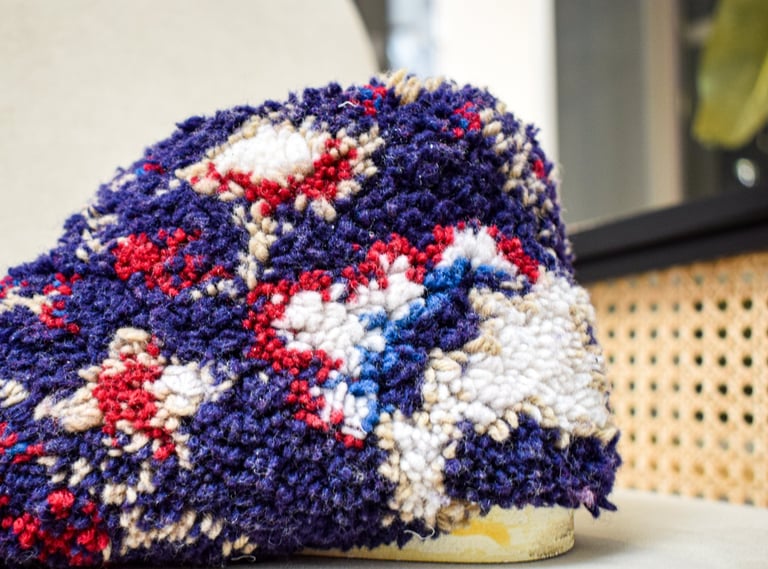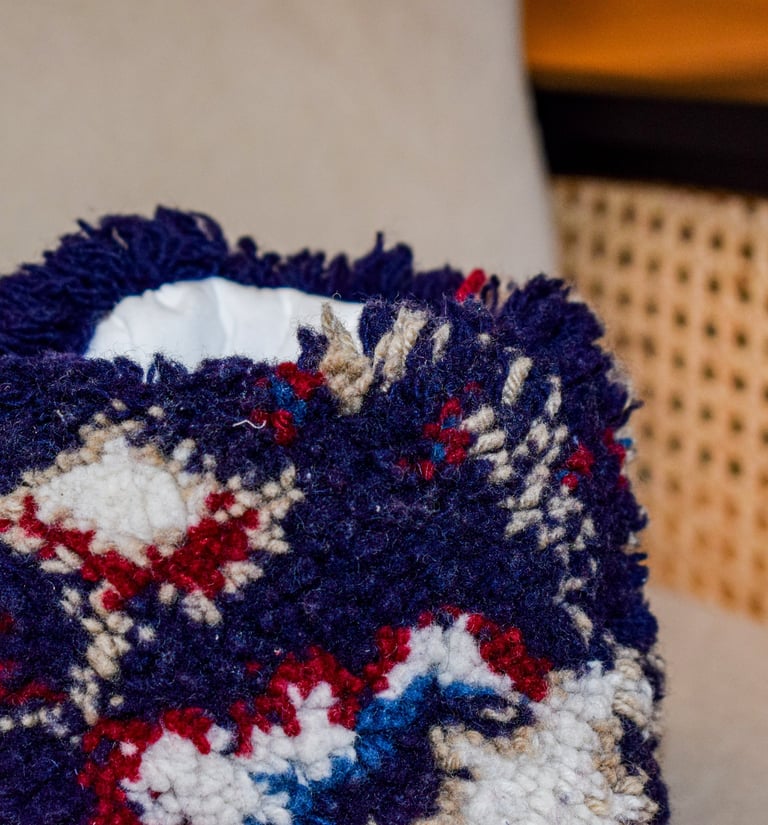
FINAL DESIGN PROJECT
Duration: 16 weeks
Mentor: Zosangpuii Pachau
Facilitator at The Design Village
Skill Set: Persian Knotting, hand illustrating, Procreate, Material study, ideating, Wool felting, map development, Zero-Waste Innovation, Repurposing and critical design
Project: Final Design Project; Semester 7
This project explores the design and development of sustainable luxury footwear crafted entirely from wool, focusing on achieving zero waste. The innovative approach involves utilising pre-consumer and post-consumer waste materials sourced from thrift stores and ateliers and re-purposing them through meticulous handcrafting techniques. By integrating traditional, time-honoured crafting methods that are at risk of fading away, this project seeks to revive and adapt these techniques to contemporary luxury design.
Comprehensive research encompassing national and international contexts was conducted to ensure a holistic understanding of sustainable practices and their applications in modern design. The final product not only embodies sustainability and luxury but also serves as proof of concept for the broader applicability of these methods. It demonstrates the potential to expand these techniques beyond footwear to other product categories, promoting sustainable innovation within the fashion and design industries. This project exemplifies a commitment to environmental consciousness, material reuse, and the preservation of artisanal craftsmanship in a rapidly evolving world.
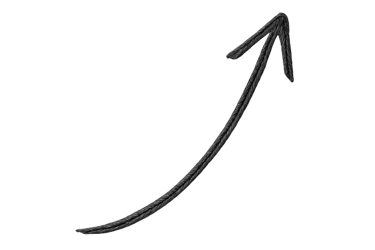



The flowing vines and stylised blossoms recall Mughal and Persian textile traditions.
The geometric accents introduce a modern twist, balancing heritage with a clean, contemporary edge.
wisdom
calmness
balance
harmony
strength
The Persian knotting technique is an asymmetrical method used in hand-knotting this footwear. This technique is renowned for its precision, durability, and ability to create intricate designs. It allows for a higher knot density, resulting in finer details, sharper patterns, and a luxurious texture. This technique is ideal for producing complex floral motifs and curvilinear designs, making Persian carpets true works of art. Its durability, cultural significance, and eco-friendly nature, combined with natural materials, make Persian knotted products highly valued as both functional pieces and investment-worthy heirlooms. The technique’s versatility and superior craftsmanship make each piece a timeless masterpiece.
per square inch.
Persian knotting
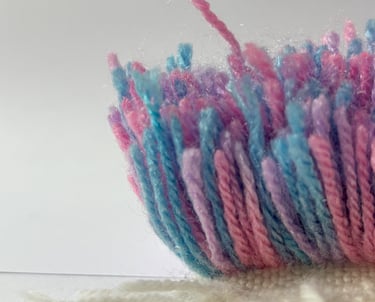

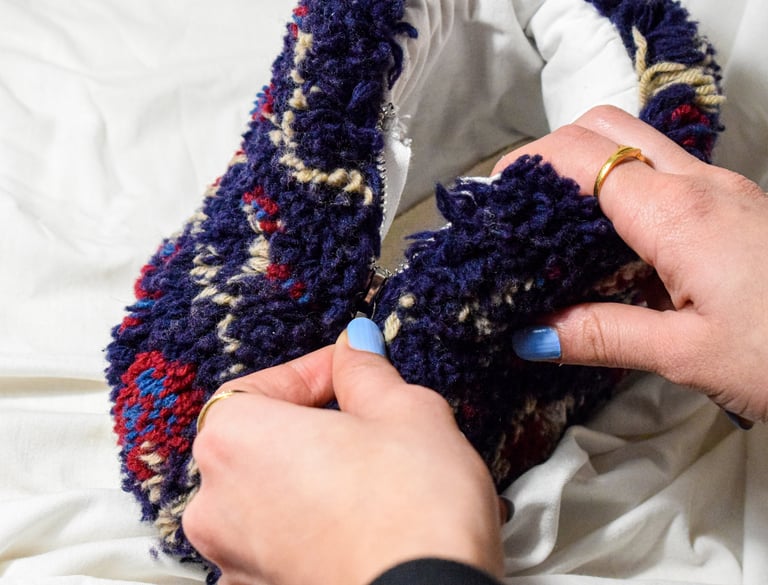

Zero waste
The second layer and insole of this shoe are born from the artistry of felting, where tradition meets innovation. Through the alchemy of wet felting, warm water, soap, and gentle agitation coax the wool fibres to intertwine, while needle felting refines the form with precision. The wool itself, sourced sustainably as a reclaimed byproduct of shearing, finds new purpose here, transformed from humble waste into quiet luxury.
The result is a piece of footwear that is not only functional and comfortable but also a celebration of craft, sustainability, and timeless elegance.
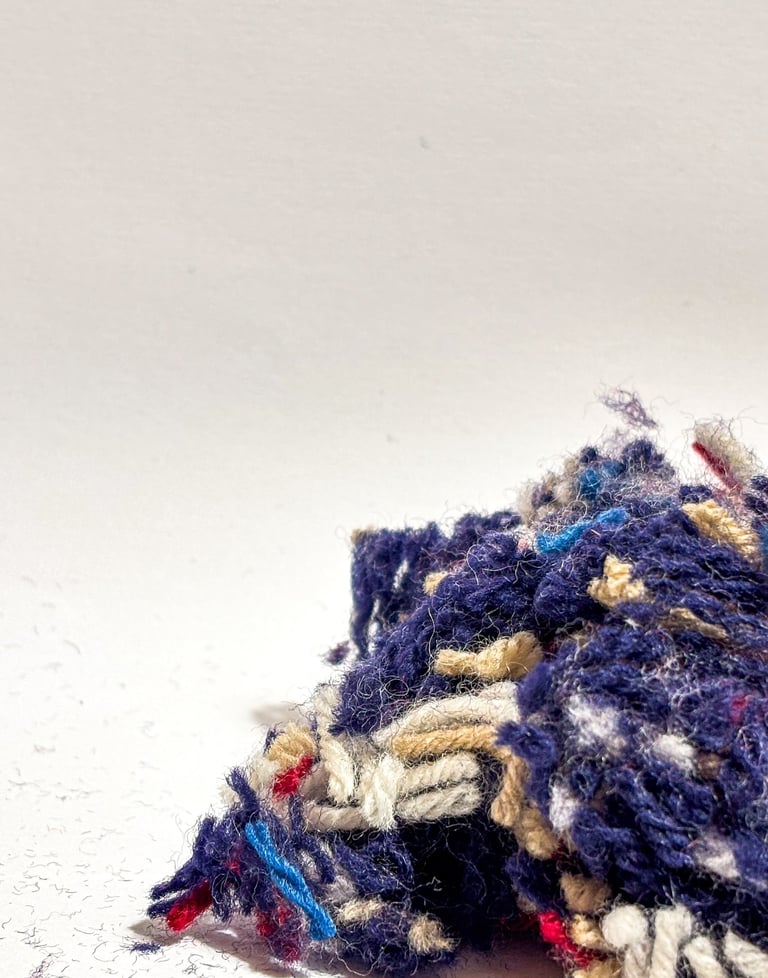

Insole
The insole is thoughtfully composed of two layers of felted wool, cradling a central layer of cork that lends subtle structure and support. With time, the cork gently yields to the contours of the wearer’s foot, creating a bespoke fit and an evolution of comfort where natural materials and quiet luxury meet.
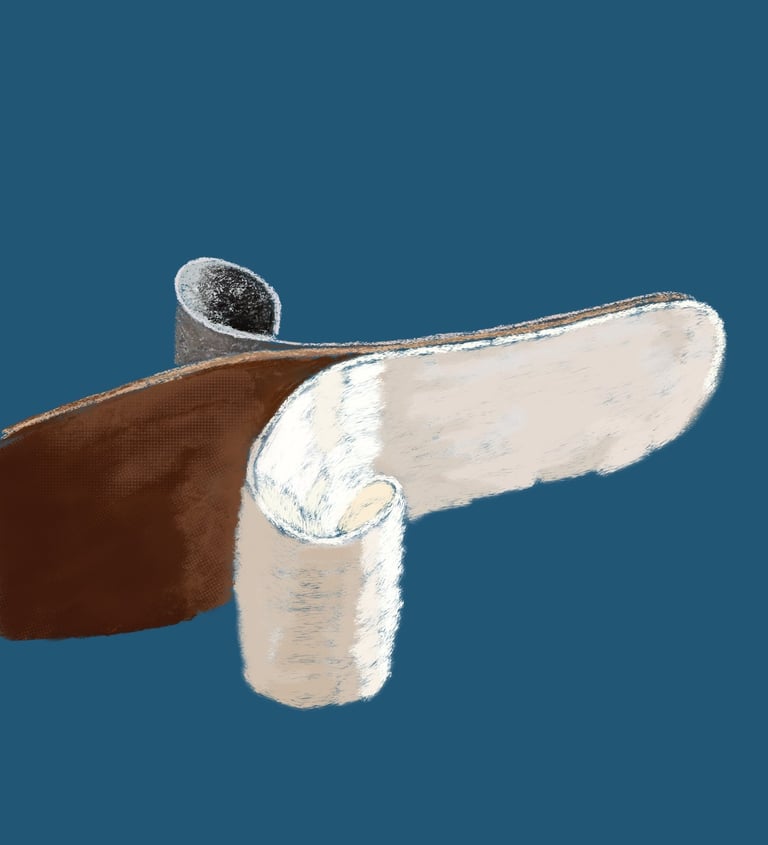

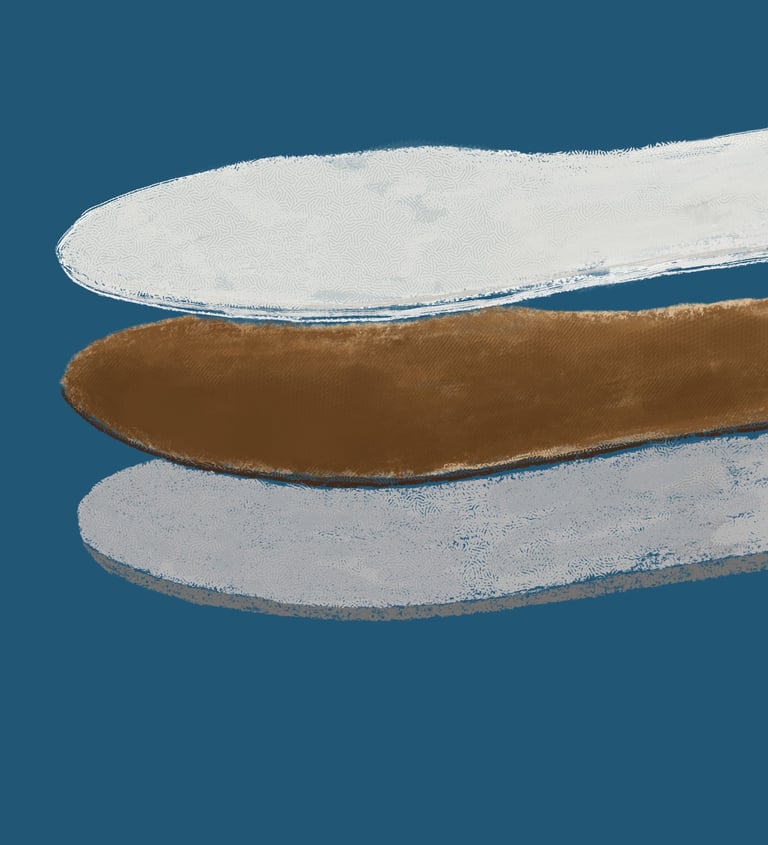

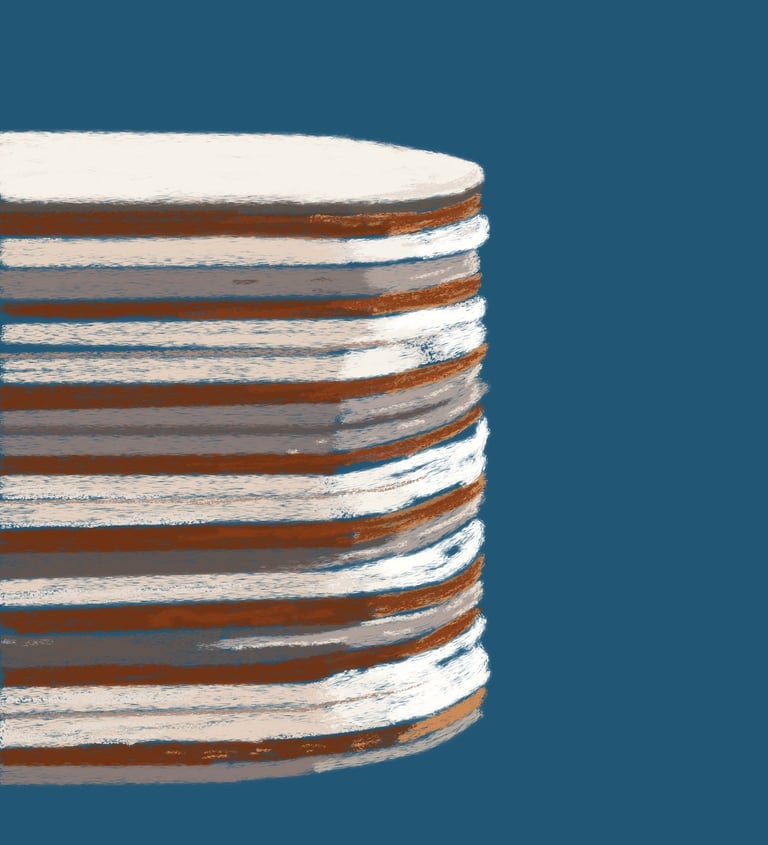

Process
Leftover wool finds new life through wet and needle felting, transformed from waste into a seamless layer of quiet luxury where sustainability meets elegance.
